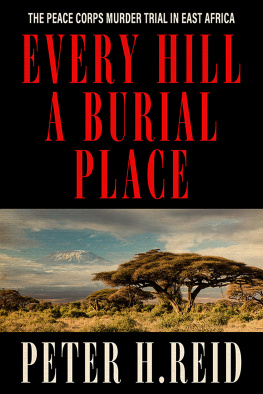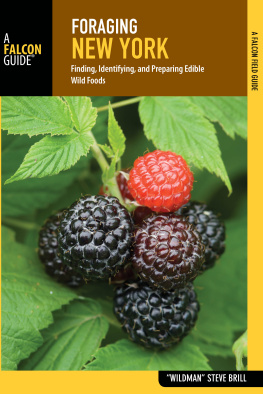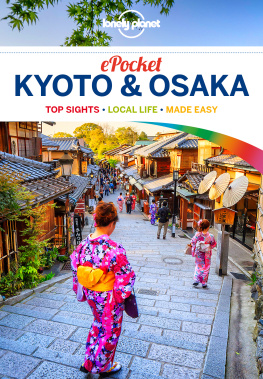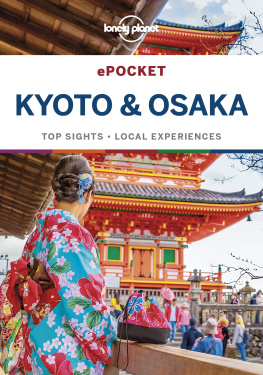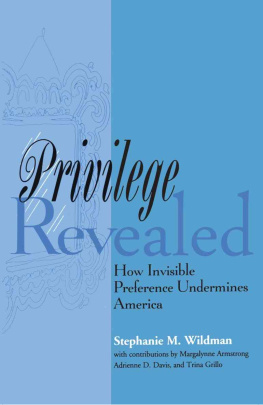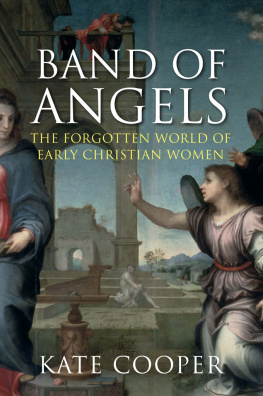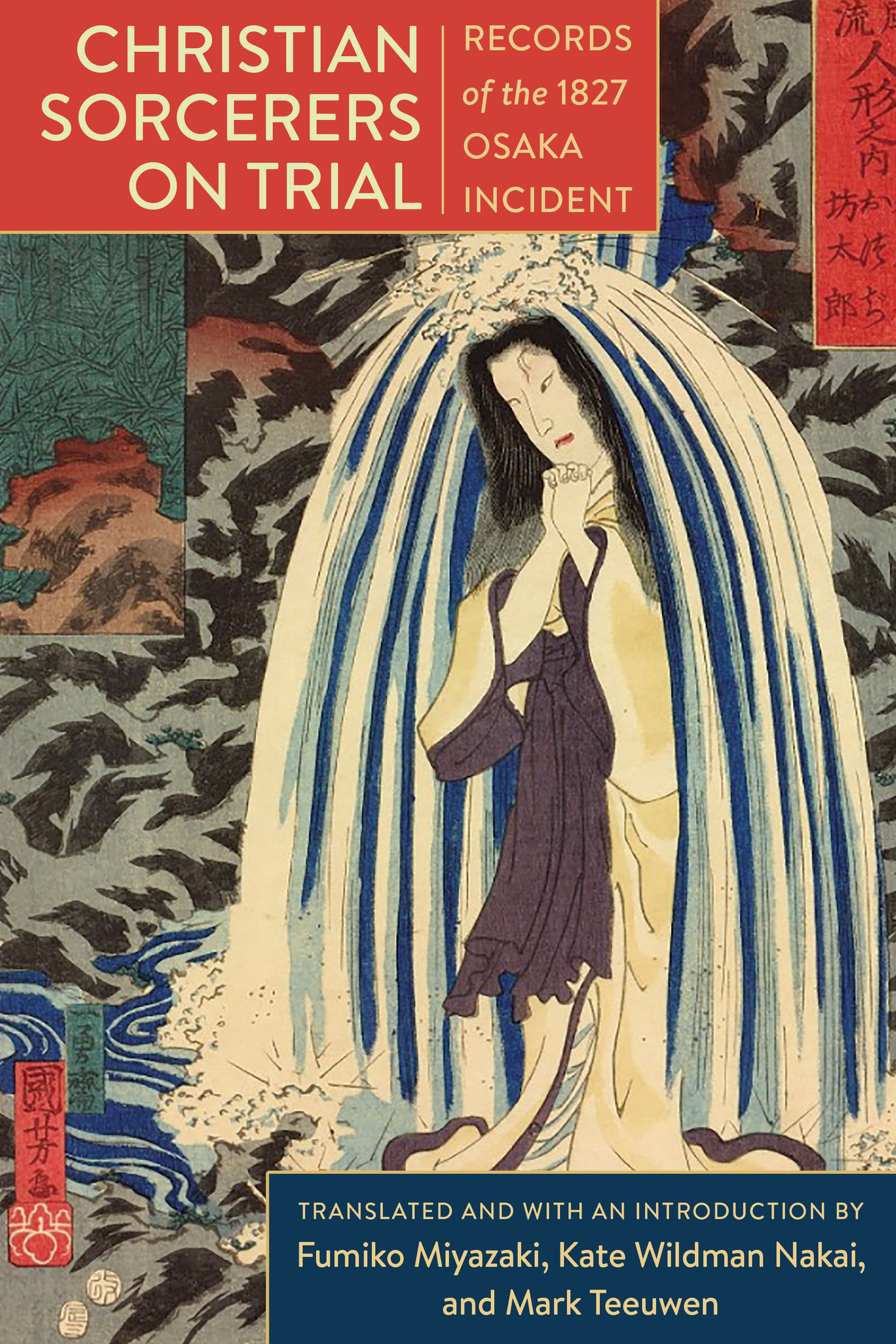Contents
Guide
Pagebreaks of the print version
Christian Sorcerers on Trial
Christian Sorcerers on Trial

Records of the 1827 Osaka Incident

Translated and with an introduction by Fumiko Miyazaki, Kate Wildman Nakai, and Mark Teeuwen

COLUMBIA UNIVERSITY PRESS
NEW YORK
Columbia University Press wishes to express its appreciation for assistance given by the Wm. Theodore de Bary Fund in the publication of this book.
Columbia University Press
Publishers Since 1893
New YorkChichester, West Sussex
cup.columbia.edu
Copyright 2020 Columbia University Press
All rights reserved
E-ISBN 978-0-231-55188-5
Library of Congress Cataloging-in-Publication Data
Names: Miyazaki, Fumiko, translator. | Nakai, Kate Wildman, translator. | Teeuwen, Mark, translator.
Title: Christian sorcerers on trial : records of the 1827 Osaka incident / translated and with an introduction by Fumiko Miyazaki, Kate Wildman Nakai, and Mark Teeuwen.
Description: New York : Columbia University Press, 2020. | Includes bibliographical references and index.
Identifiers: LCCN 2019050828 (print) | LCCN 2019050829 (ebook) | ISBN 9780231196901 (cloth) | ISBN 9780231196918 (paperback)
Subjects: LCSH: Osaka (Japan : Prefecture)Church historyTo 1868. | MartyrdomChristianity. | Osaka (Japan : Prefecture)History16001868.
Classification: LCC BR1310.O7 C47 2020 (print) | LCC BR1310.O7 (ebook) | DDC 272/.90952dc23
LC record available at https://lccn.loc.gov/2019050828
LC ebook record available at https://lccn.loc.gov/2019050829
A Columbia University Press E-book.
CUP would be pleased to hear about your reading experience with this e-book at .
Cover design: Milenda Nan Ok Lee
Cover image: Fry ningy no uchi: Watnai, O-tsuji, Btar. Artist: Utagawa Kuniyoshi. Description: The print depicts a famous scene from a play in which a woman seeking the success of a vendetta performs water austerities with great determination. The Trustees of the British Museum.
CONTENTS
The idea for this book originated when one of the authors, Fumiko Miyazaki, came across a facsimile manuscript titled Record of the Case of the Pernicious Sect at the Historiographical Institute of the University of Tokyo. What immediately drew her attention was the wealth of details that this judicial record dating from 18271829 had to offer about the lives of a group of people in Osaka and Kyoto who were accused of engaging in subversive religious activities. The prominent place of women in the incident added to the fascination of this material, and it struck us as a compelling candidate for a new translation project.
This volume is a sequel to Lust, Commerce, and Corruption: An Account of What I Have Seen and Heard, by an Edo Samurai, on which the authors collaborated together with Anne Walthall and John Breen (Columbia University Press, 2014; abridged paperback, 2017). That book presented a translation of a comprehensive critique of Japanese society as it appeared to an Edo warrior in 1816. Like the vast majority of Edo-period sources, the critique projects a male and upper-strata perspective on the circumstances of the time. The author undoubtedly would have felt that the 1827 incident confirmed his conclusions about the sorry state of contemporary society, particularly as regards the activities of the marginal floating population of urban residents whom he condemned as idlers. At the same time, the records of the case offer a view from a quite different angle into the world of such idlers. This second translation thus complements Lust, Commerce, and Corruption while also opening a window into corners of late Edo society rarely visible in a manner this direct.
We have received advice and assistance from numerous people and organizations in preparing this volume. We are indebted to the institutions holding the two manuscript copies of the judicial record on which the translation is based: the Historiographical Institute of the University of Tokyo and the Center for Modern Japanese Legal and Political Documents attached to the University of Tokyo Graduate School for Law and Politics. We would like to express our gratitude especially to Yabuta Yutaka, professor emeritus at Kansai University, who offered his expertise on matters related to the Edo-period administration of Osaka. The maps were produced by Sat Hirotaka of Ritsumeikan University; the Department of Culture Studies and Oriental Languages of Oslo University provided funding for them. The illustrations were edited for this publication by Chiba Azusa. Shimura Kiyoshi kindly allowed us to use his redrawing of the Tobita execution grounds.
PLACES ASSOCIATED WITH GUNKI
- Samegai, south of Goj street; where Gunki lived in rental housing owned by his friend Tomitaya Riemon
- Intersection of Kiyamachi and Matsubara streets; Gunkis final residence
PLACES ASSOCIATED WITH WASA
- Intersection of Shinbashi and Nawate streets; teahouse operated by Wasa
- Intersection of Higashi-no-tin and Nij streets; residence of Wasas adoptive daughter Ito
PLACES ASSOCIATED WITH MITSUGI
- Yasaka Kami-ch; Mitsugis residence
- Benten-ch off Shimokawara street; where Mitsugi lived with Iori
- Nij Shinchi; the brothel where Mitsugi worked
- Saiin; where Mitsugi first lived in Kyoto
- Uchino Niban-ch; where Mitsugis brother and mother lived
- Katagihara; native village of Mitsugis adoptive son, Kamon
PLACE ASSOCIATED WITH KINU
- Nushiya-ch, off Shichij street; where Kinu lived with her husband
PLACES ASSOCIATED WITH SANO
- Area in front of Kyoto Daibutsu; where Sano lived with her husband
- Uma-ch; where Sano lived with Kinu
- Area on Imadegawa street where Sanos grandparents lived
PLACES ASSOCIATED WITH UMON
- Kami Gory-mae; where Umon worked as an Yijing diviner
- Sanbongi; where Umon first met Gunki
PLACES ASSOCIATED WITH GUNKIS FRIENDS
- Intersection of Akezu and Matsubara streets; residence of Nakamuraya Shintar
- Intersection of Akezu and Goj streets; residence of Kamaya Kybei
- Chionin Furumonzen Moto-ch; residence of Tsuchiya Shni
- Rental horse grounds north of Gionsha; where Shni first met Gunki
- Butsuguya-ch on the north side of Kitakji street; residence of Hki Masasuke
- Intersection of Nishi Ishigaki and Shij streets; residence of Matsusakaya Nihei
- West side of the Takase River, south of Matsubara street; residence of Minoya Kohachi
- Intersection of Yanagi-no-banba and Maruta-machi streets; residence of Teradaya Kumaz
- Shichiken-ch; residence of Minoya Bunsuke
TEMPLES
- Unseiji, intersection of Samegai and Uonotana streets, south of Goj street; Gunkis temple
- Daijin, Nij street, on the east side of the Kamo River; Wasas and Mitsugis temple
OTHERS
- Kiyomizu; where Mitsugi and others performed water austerities



